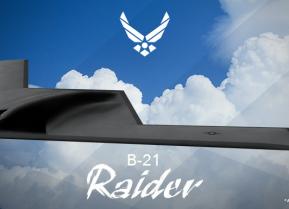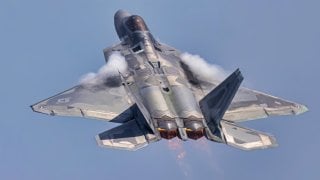China Freaked: USAF Launched Together 24 F-22 Stealth Fighters in Massive 'Elephant Walk'
In March 2019, the United States Air Force didn't just conduct just another "elephant walk" – the term for taxiing a large number of aircraft before takeoff. The F-22 Raptor went into the sky.
In March 2019, the United States Air Force didn't just conduct just another "elephant walk" – the term for taxiing a large number of aircraft before takeoff.
Instead, the close formation and minimum interval takeoff of fifth-generation Lockheed Martin F-22 air superiority fighters could have rightfully been described as a march of the Raptors.
Maybe we should call this a Raptor walk.
The show-of-force of the U.S. Air Force's fighter occurred during the Polar Force exercise at Joint Base Elmendorf-Richardson, Alaska, a two-week training drill that was conducted to provide aviators and ground crews an opportunity to demonstrate their abilities to forward deploy and deliver overwhelming combat power.
In total twenty-four F-22 Raptors from the 3rd Wing and 477th Fighter Group, a C-17 Globemaster III and an E-3 Sentry participated in the close formation taxi.
The two dozen F-22 aircraft that participated in the mass take-off event had reportedly accounted for around half of the 3rd Wing's total Raptor fleet.
Joint Base Elmendorf Richardson had conducted similar elephant walks with as many as 30 A-10 Thunderbolt II ground attack aircraft as well as with a number of Japan-based F-15s, and even the F-35 Joint Strike Fighter.
F-22 Raptor: The U.S. Air Force's Very Best Fighter (Ever?)
Combining stealth, supercruise, maneuverability, and integrated avionics, coupled with improved supportability, the Lockheed Martin F-22 Raptor represented an exponential leap in warfighting capabilities when it was first introduced in 2005.
Developed at the Aeronautical Systems Center at Wright-Patterson Air Force Base outside Dayton, Ohio, the advanced tactical fighter was designed as a supersonic, dual-engine fighter that could project air dominance, rapidly and at great distances and defeat threats attempting to deny access. Lockheed Martin teamed with Boeing to develop and build the extremely advanced tactical fighter to replace the F-15 Eagle as the United States military's front-line dominance fighter.
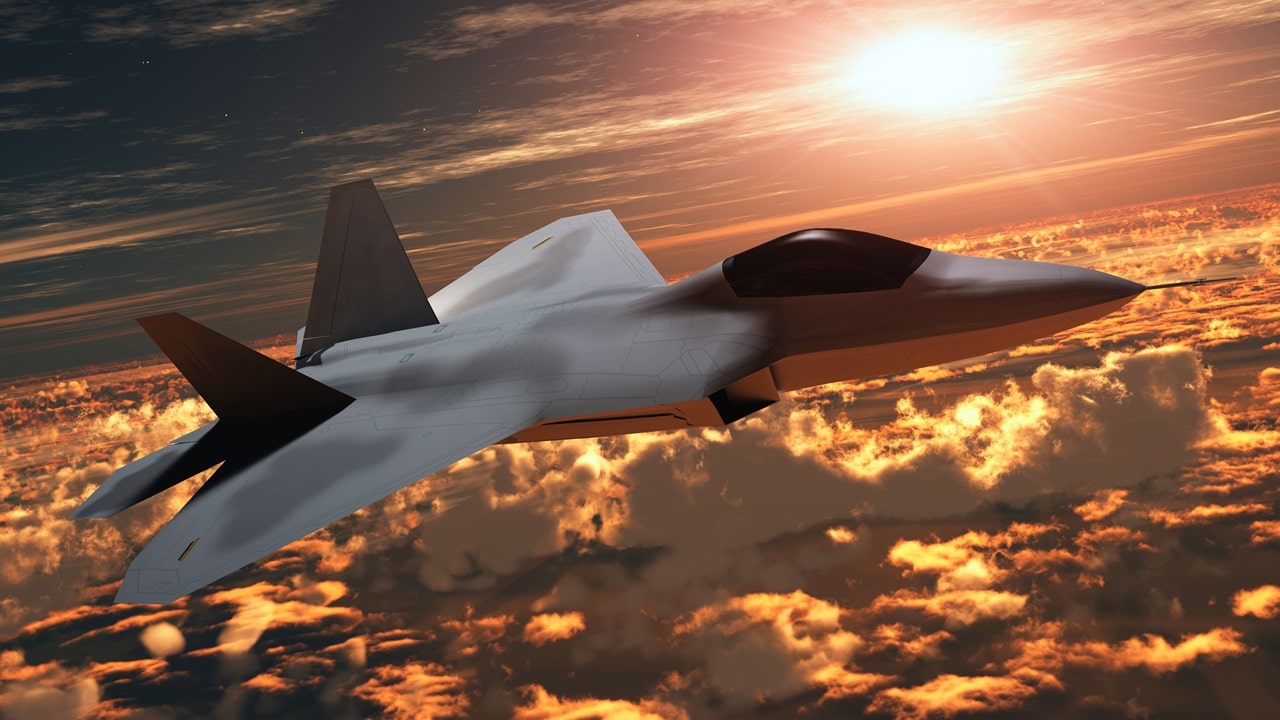
The F-22 could also serve as a multi-role aircraft as well as being capable of ground attack, and electronic warfare – while it even offered signals intelligence capabilities. It was designed to combine stealth, performance, agility, and integrated avionics in a single airframe.
While the Air Force had originally sought to acquire a total of 750 F-22 Raptors, in 2009, the order was scaled back to just 187 aircraft. A number of factors were cited at the time — including its high costs, and a lack of air-to-air missions due to the U.S. military’s involvement in the Global War on Terror (GWoT) and a general focus on counterinsurgency operations.
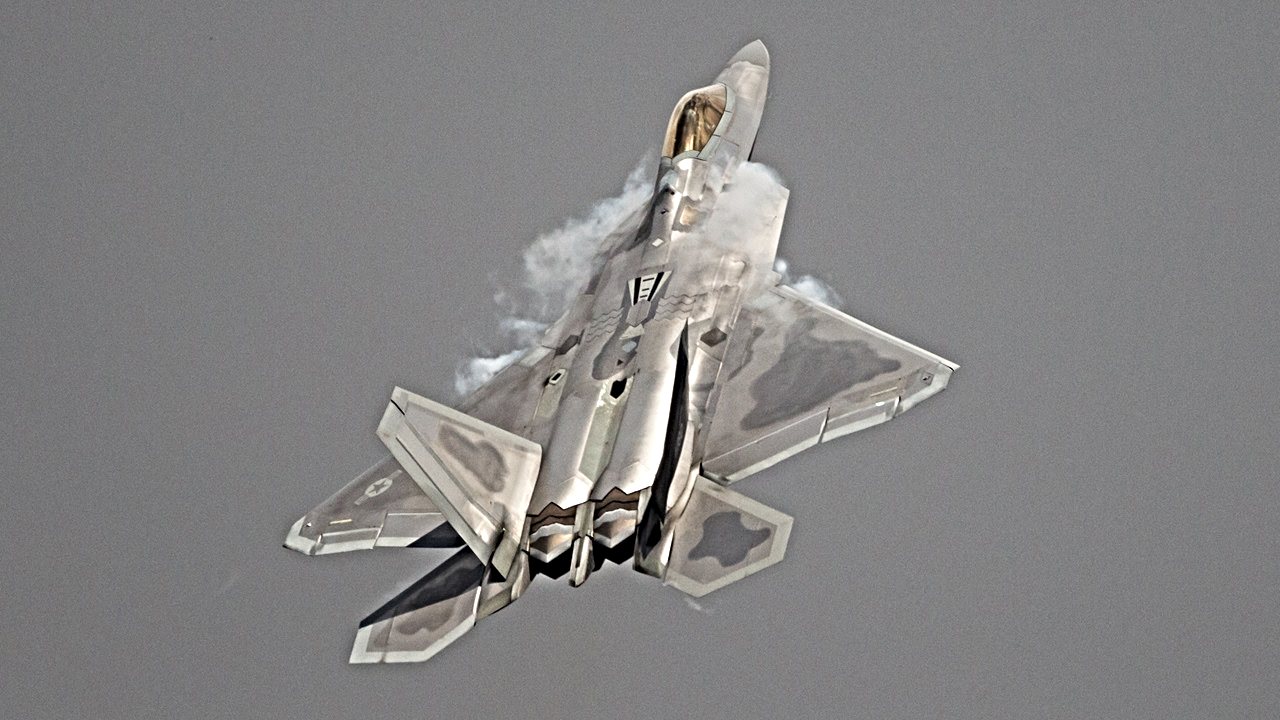
Though it wasn't marketed as such at the time, the F-22 was also the first "fifth-generation" fighter — and the U.S. Air Force has remained its sole operator. Even today, the fighter is a critical component of the service's tactical power.
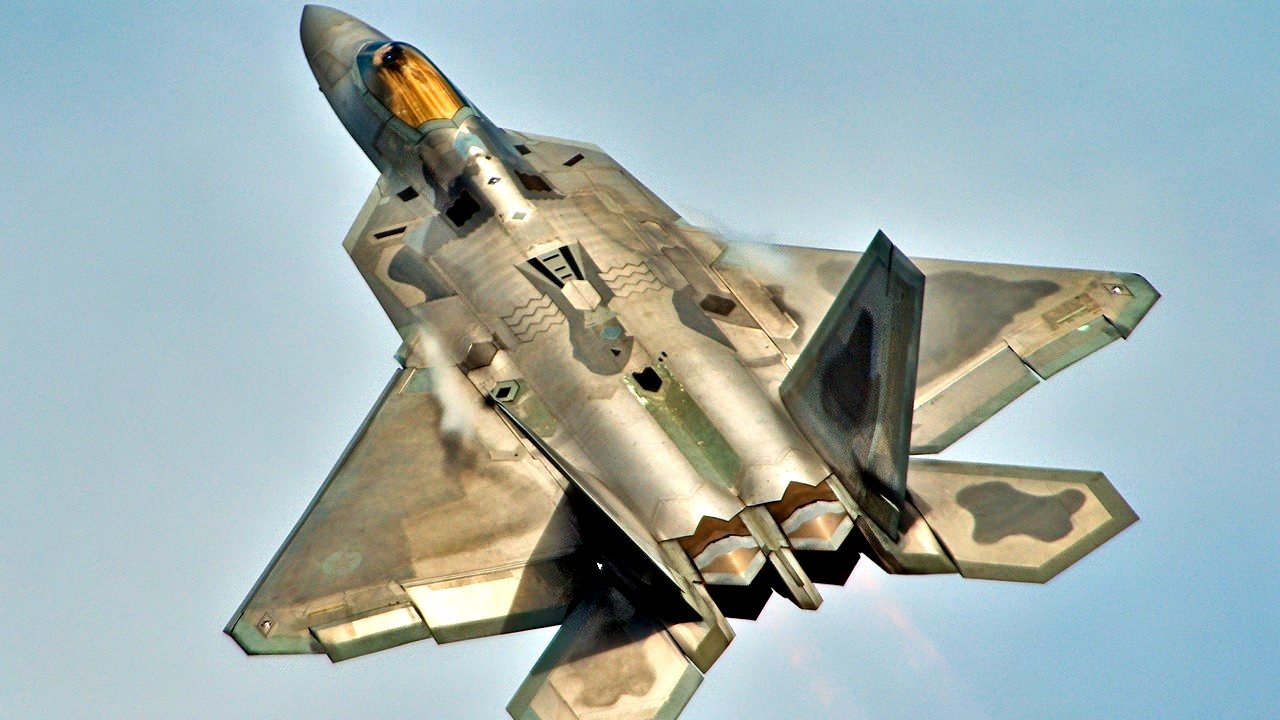
Simply put, the F-22 cannot be matched by any known fighter aircraft today, and it is easy to see why this fifth-generation stealth warbird could remain part of the United States Air Force's fleet for decades to come.
Author Experience and Expertise
Peter Suciu is a Michigan-based writer. He has contributed to more than four dozen magazines, newspapers, and websites with over 3,200 published pieces over a twenty-year career in journalism. He regularly writes about military hardware, firearms history, cybersecurity, politics, and international affairs. Peter is also a Contributing Writer for Forbes and Clearance Jobs. You can follow him on Twitter: @PeterSuciu.
All images come from either Shutterstock (first intext image) or Creative Commons.
